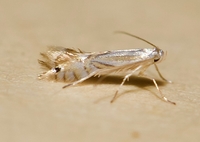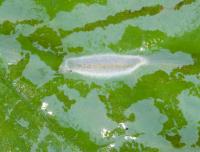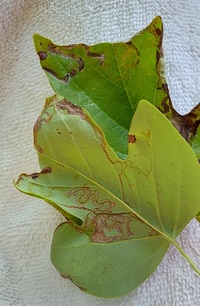
| Recorded by: Mark Basinger on 2025-10-03
Anson Co.
Comment: | 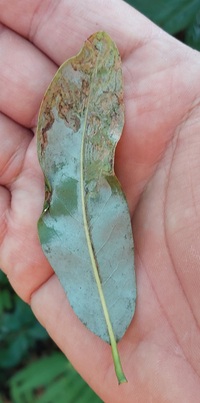
| Recorded by: Mark Basinger on 2025-10-01
Hoke Co.
Comment: |
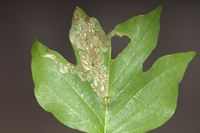
| Recorded by: Jim Petranka, Becky Elkin, Nora Murdock, Marilyn Westphal on 2025-08-26
Rutherford Co.
Comment: | 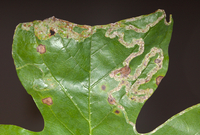
| Recorded by: Jim Petranka, Marilyn Westphal and Becky Elkin on 2025-08-18
Henderson Co.
Comment: Unoccupied mine was on Liriodendron. |
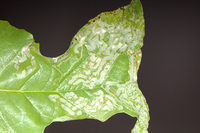
| Recorded by: Jim Petranka, Marilyn Westphal and Becky Elkin on 2025-08-17
Henderson Co.
Comment: Unoccupied mines were in Liriodendron | 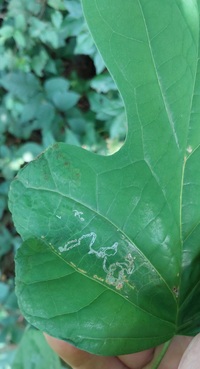
| Recorded by: Mark Basinger on 2025-08-09
Alamance Co.
Comment: |

| Recorded by: Mark Basinger on 2025-08-09
Wilkes Co.
Comment: | 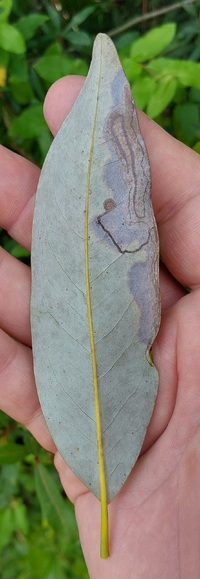
| Recorded by: Mark Basinger on 2025-07-23
Columbus Co.
Comment: |
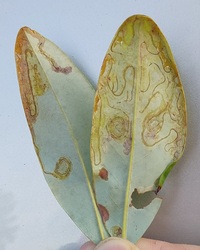
| Recorded by: Mark Basinger on 2025-07-20
Brunswick Co.
Comment: | 
| Recorded by: Mark Basinger on 2025-07-14
Scotland Co.
Comment: |
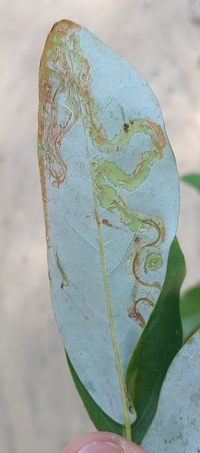
| Recorded by: Mark Basinger on 2025-07-14
Scotland Co.
Comment: | 
| Recorded by: Mark Basinger on 2025-07-14
Scotland Co.
Comment: |

| Recorded by: Mark Basinger on 2025-07-12
Davidson Co.
Comment: | 
| Recorded by: Mark Basinger on 2025-06-22
Buncombe Co.
Comment: |

| Recorded by: Mark Basinger on 2025-06-14
Rowan Co.
Comment: | 
| Recorded by: Jim Petranka and Becky Elkin on 2025-05-24
Richmond Co.
Comment: |
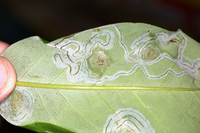
| Recorded by: Jim Petranka, John Petranka, Sally Gewalt and Becky Elkin on 2025-04-15
Bladen Co.
Comment: | 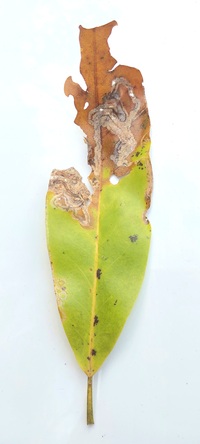
| Recorded by: Mark Basinger on 2024-12-01
Johnston Co.
Comment: |

| Recorded by: Mark Basinger on 2024-11-29
Greene Co.
Comment: | 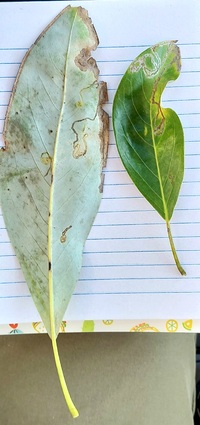
| Recorded by: Mark Basinger on 2024-11-22
Wilson Co.
Comment: |

| Recorded by: Mark Basinger on 2024-11-22
Wilson Co.
Comment: | 
| Recorded by: John Petranka on 2024-11-18
Alleghany Co.
Comment: |

| Recorded by: Dean Furbish on 2024-11-16
Wake Co.
Comment: | 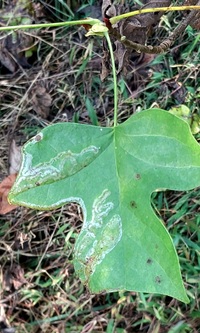
| Recorded by: Mark Basinger on 2024-09-22
Randolph Co.
Comment: |
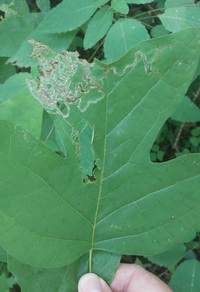
| Recorded by: Mark Basinger on 2024-08-09
Mitchell Co.
Comment: | 
| Recorded by: Mark Basinger on 2024-08-09
Mitchell Co.
Comment: |
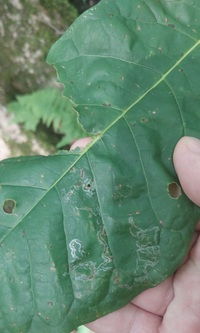
| Recorded by: Mark Basinger on 2024-08-09
Mitchell Co.
Comment: | 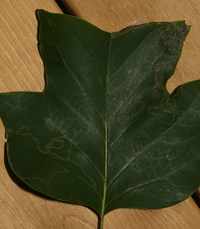
| Recorded by: David George, Jeff Niznik on 2024-08-05
Transylvania Co.
Comment: |
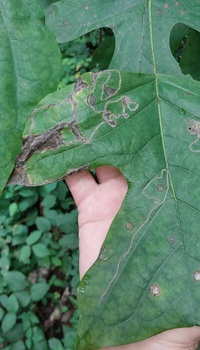
| Recorded by: Mark Basinger on 2024-08-03
McDowell Co.
Comment: | 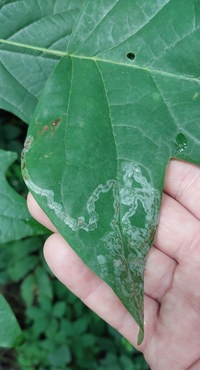
| Recorded by: Mark Basinger on 2024-08-03
Mitchell Co.
Comment: |
|

 »
»